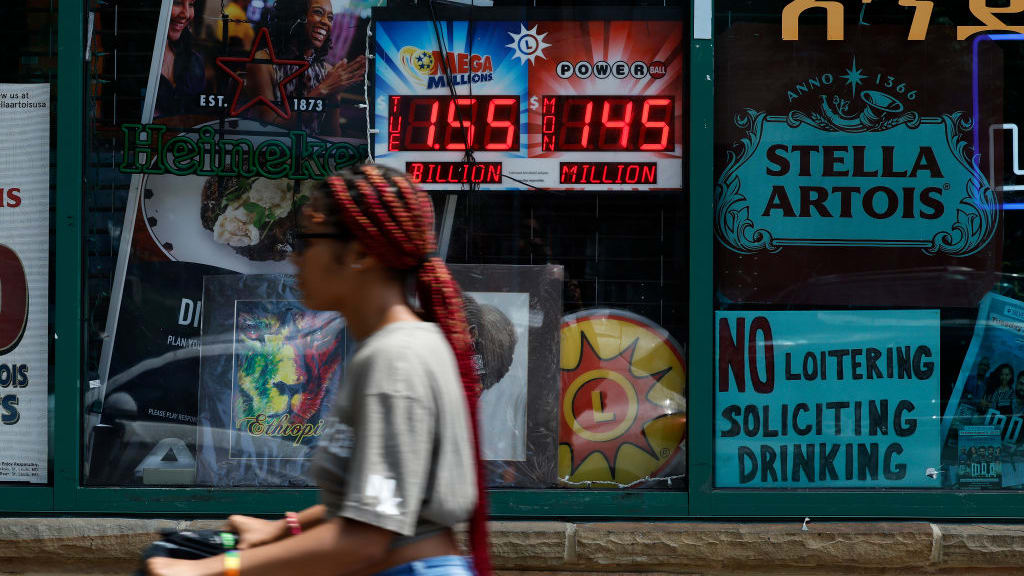An anti-vax conspiracy theory is apparently making anti-maskers consider masking up, social distancing


"A conspiracy ripping through the anti-vax world may finally drive some anti-maskers to do the unthinkable: wear a mask and keep their distance," Vice News reports. The conspiracy theory claims, falsely, that vaccinated people "shed" certain proteins that can infect unvaccinated people and cause some sort of harm, usually tied to reproduction. ("It is biologically impossible for a vaccinated person to spread the vaccine to someone who hasn't been vaccinated," The Associated Press says.)
For those who do believe that vaccinated people can somehow infect them with vaccine proteins — one private school in Miami barred vaccinated teachers from interacting with unvaccinated students — some "anti-vax influencers" are suggesting they protect themselves by "social distancing, the very strategy the have long decried," Vice reports. Others "conspiracy theorists are wondering if perhaps their longtime bane, the mask, could become their salvation."
Several people who study the anti-vax and anti-mask movements said they are skeptical mask-wearing will take hold in those communities. Other observers found the conundrum delightful and perhaps a little too perfect to be true.
The Week
Escape your echo chamber. Get the facts behind the news, plus analysis from multiple perspectives.

Sign up for The Week's Free Newsletters
From our morning news briefing to a weekly Good News Newsletter, get the best of The Week delivered directly to your inbox.
From our morning news briefing to a weekly Good News Newsletter, get the best of The Week delivered directly to your inbox.
In any case, "while the conspiracy is baseless, the fear it is causing vaccine skeptics is very real," Vice says. "And where there is a fear, there's money to be made." You can read more at Vice News.
A free daily email with the biggest news stories of the day – and the best features from TheWeek.com
Peter has worked as a news and culture writer and editor at The Week since the site's launch in 2008. He covers politics, world affairs, religion and cultural currents. His journalism career began as a copy editor at a financial newswire and has included editorial positions at The New York Times Magazine, Facts on File, and Oregon State University.
-
 Do oil companies really want to invest in Venezuela?
Do oil companies really want to invest in Venezuela?Today’s Big Question Trump claims control over crude reserves, but challenges loom
-
 ‘Despite the social benefits of venting, people can easily overdo it’
‘Despite the social benefits of venting, people can easily overdo it’Instant Opinion Opinion, comment and editorials of the day
-
 What to know about the rampant Medicare scams
What to know about the rampant Medicare scamsthe explainer Older Americans are being targeted
-
 Nobody seems surprised Wagner's Prigozhin died under suspicious circumstances
Nobody seems surprised Wagner's Prigozhin died under suspicious circumstancesSpeed Read
-
 Western mountain climbers allegedly left Pakistani porter to die on K2
Western mountain climbers allegedly left Pakistani porter to die on K2Speed Read
-
 'Circular saw blades' divide controversial Rio Grande buoys installed by Texas governor
'Circular saw blades' divide controversial Rio Grande buoys installed by Texas governorSpeed Read
-
 Los Angeles city workers stage 1-day walkout over labor conditions
Los Angeles city workers stage 1-day walkout over labor conditionsSpeed Read
-
 Mega Millions jackpot climbs to an estimated $1.55 billion
Mega Millions jackpot climbs to an estimated $1.55 billionSpeed Read
-
 Bangladesh dealing with worst dengue fever outbreak on record
Bangladesh dealing with worst dengue fever outbreak on recordSpeed Read
-
 Glacial outburst flooding in Juneau destroys homes
Glacial outburst flooding in Juneau destroys homesSpeed Read
-
 Scotland seeking 'monster hunters' to search for fabled Loch Ness creature
Scotland seeking 'monster hunters' to search for fabled Loch Ness creatureSpeed Read
